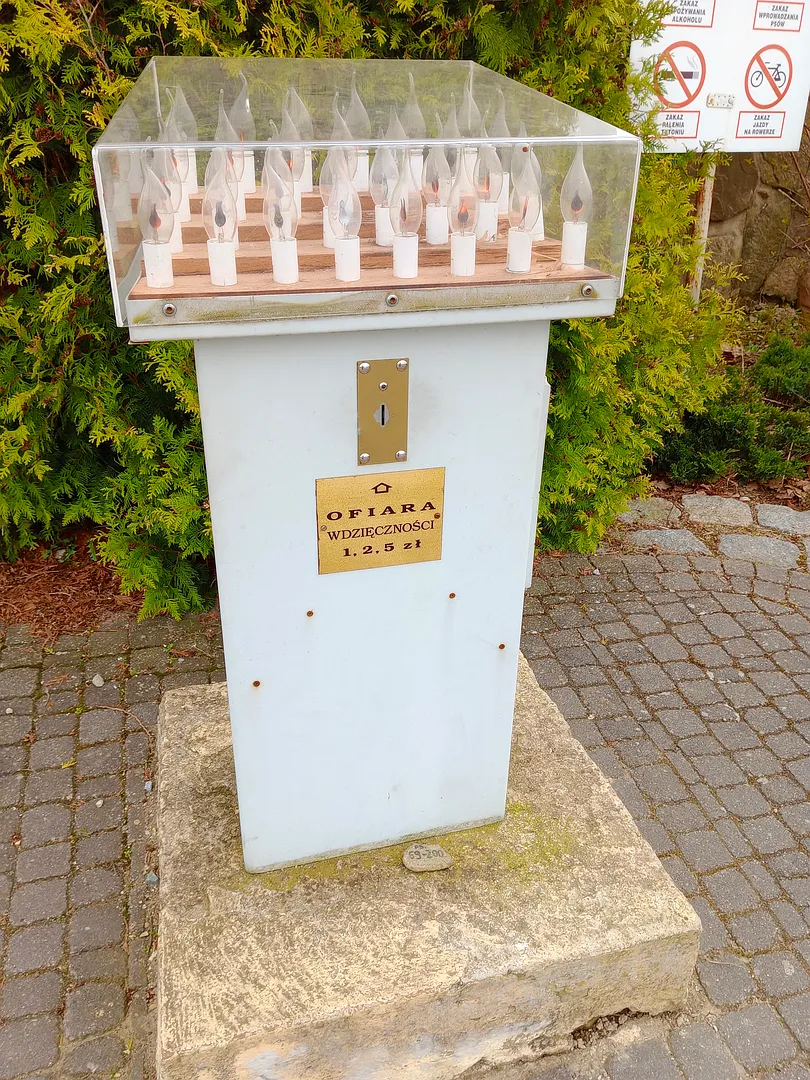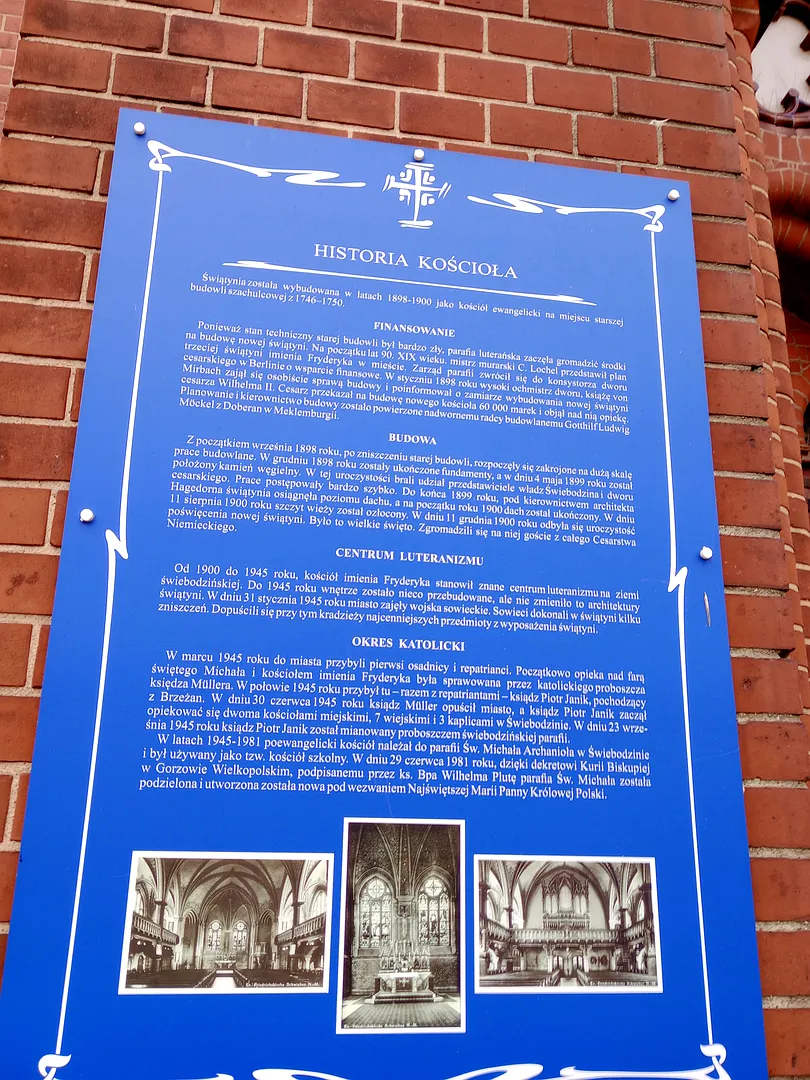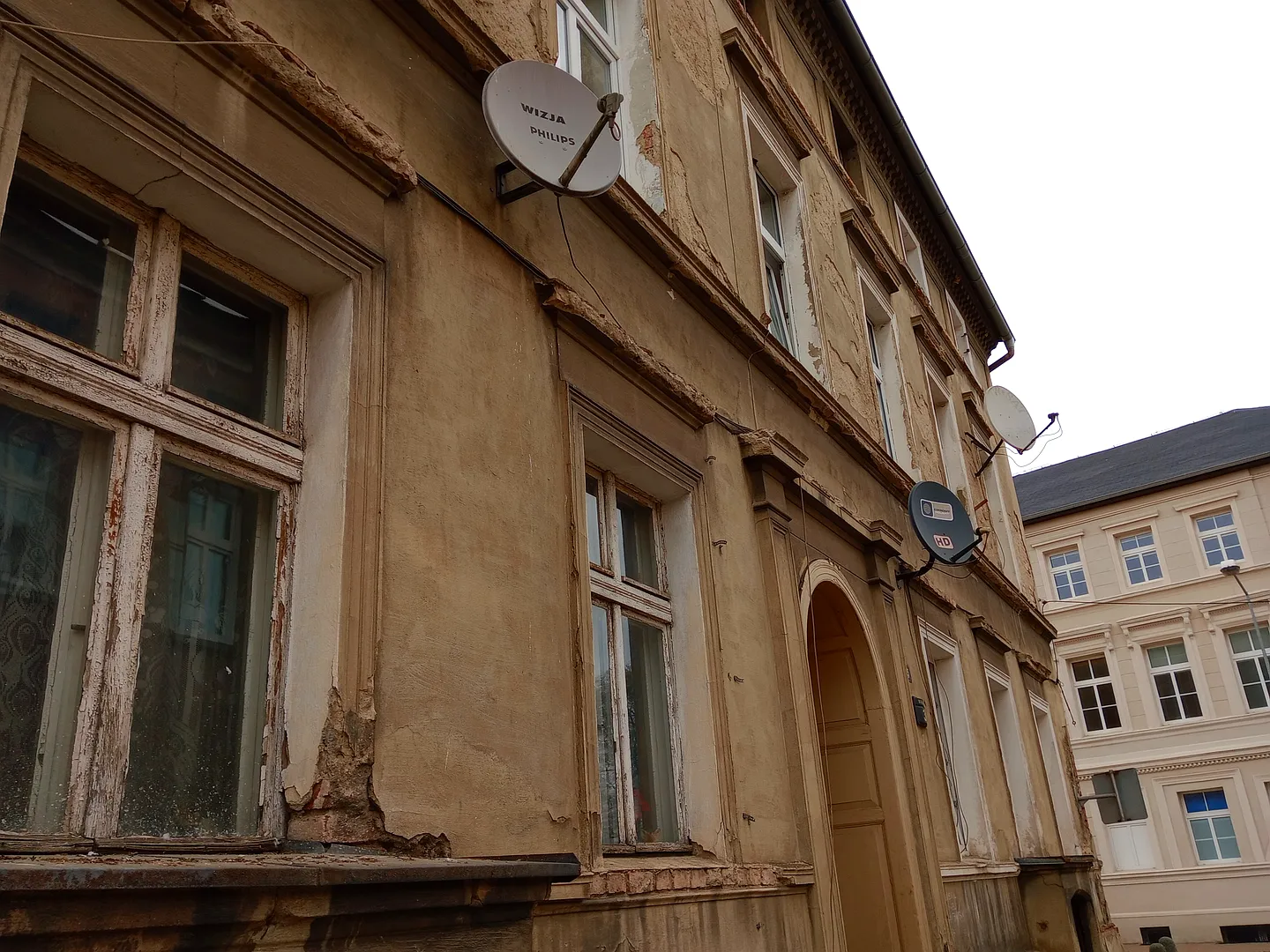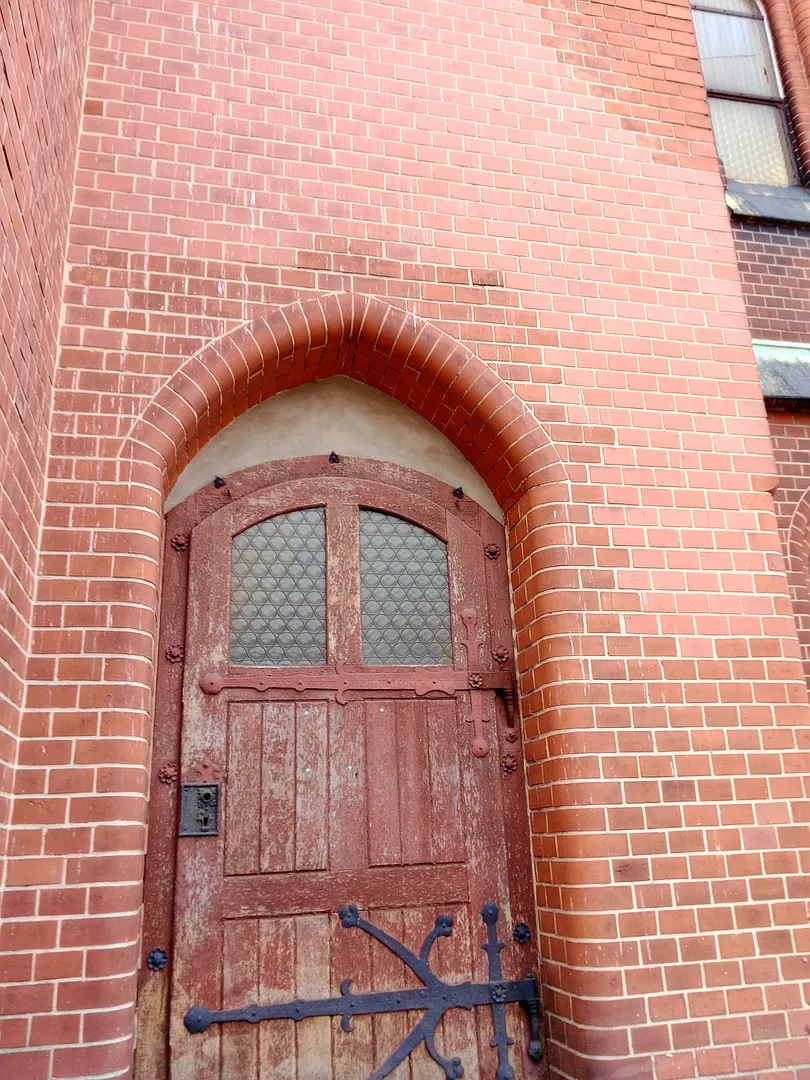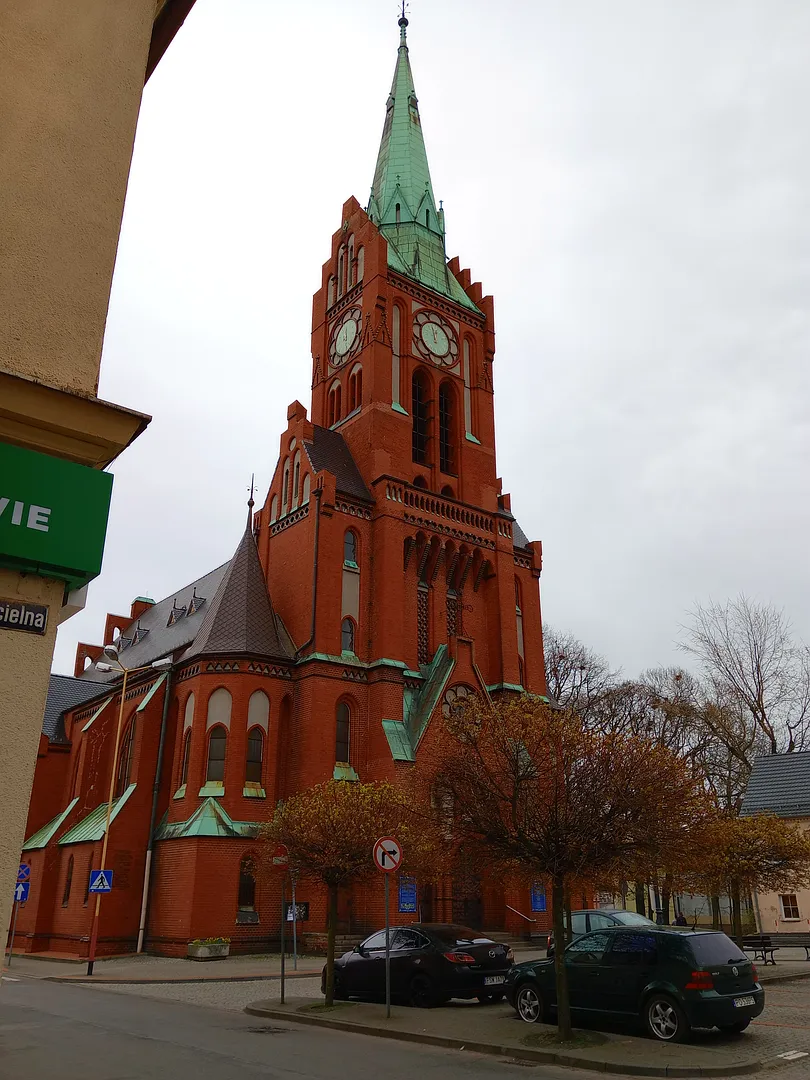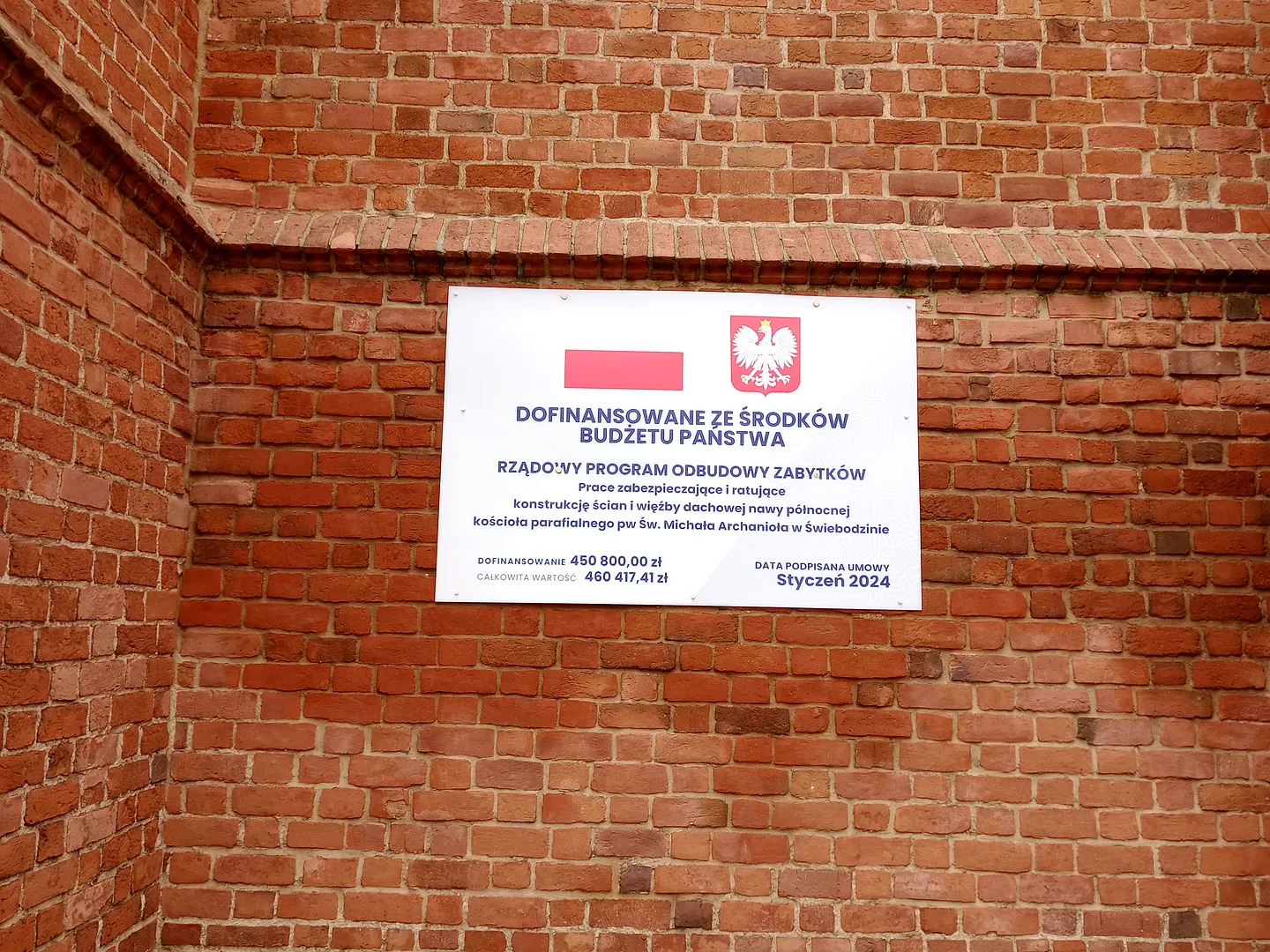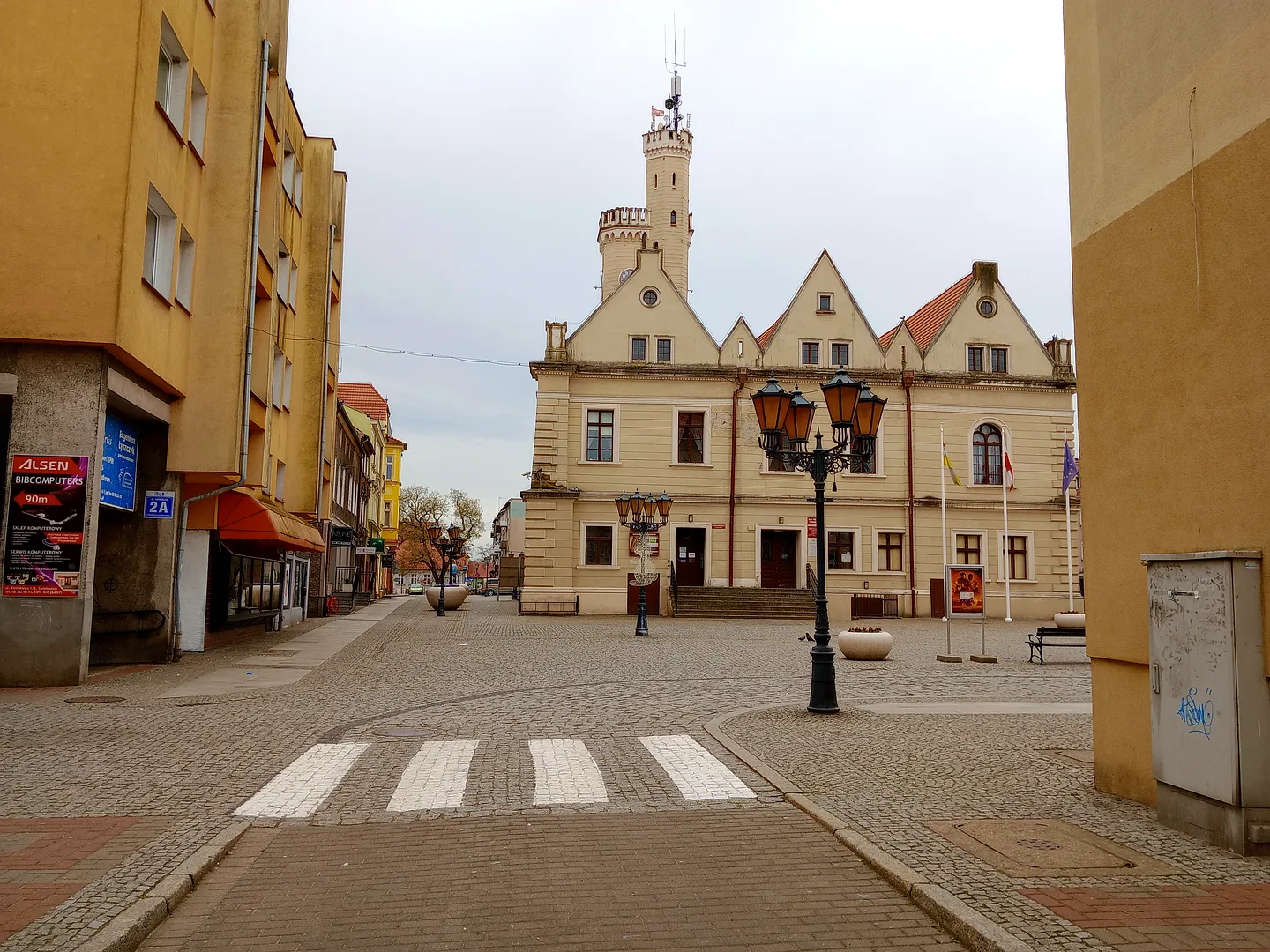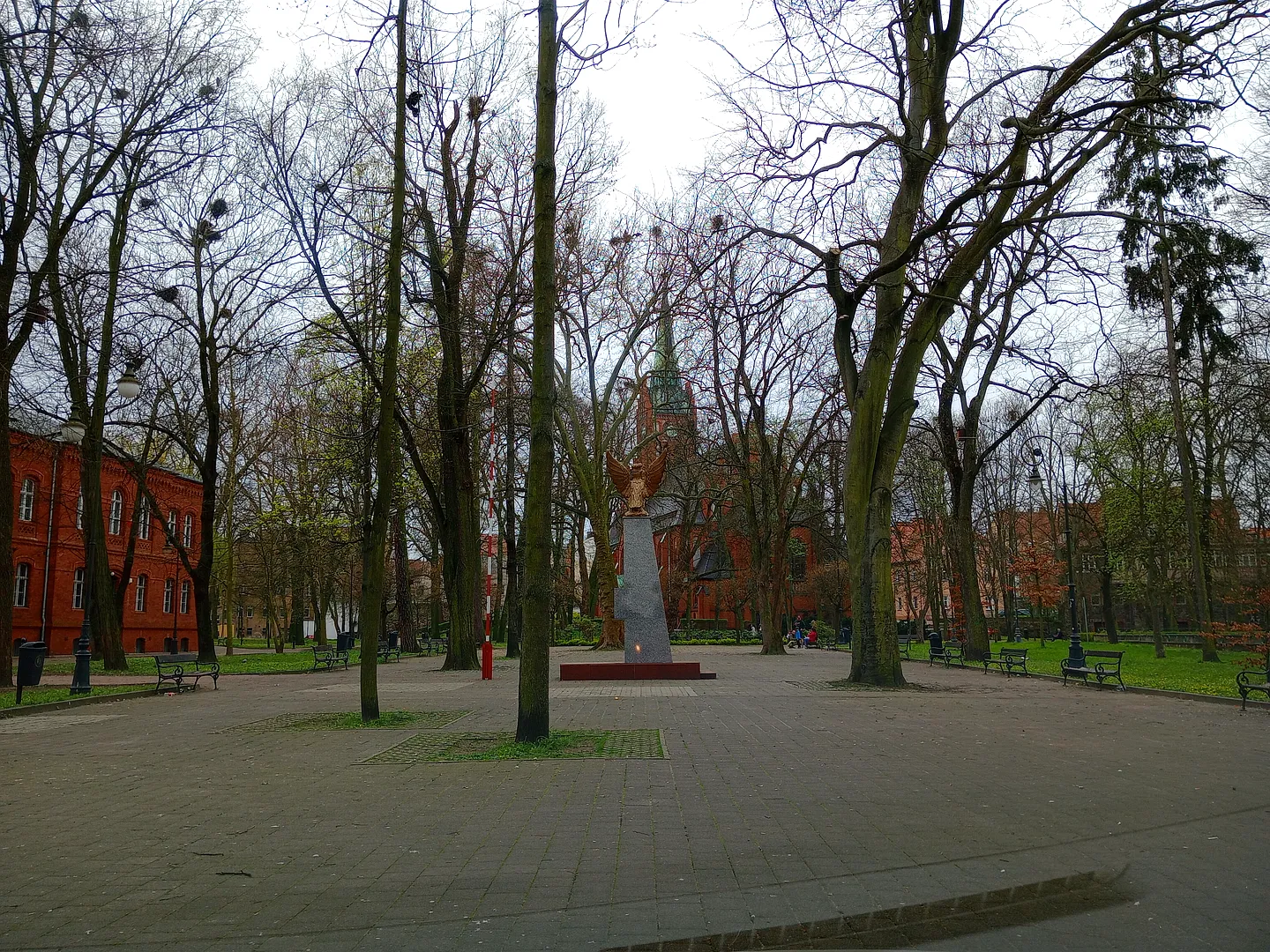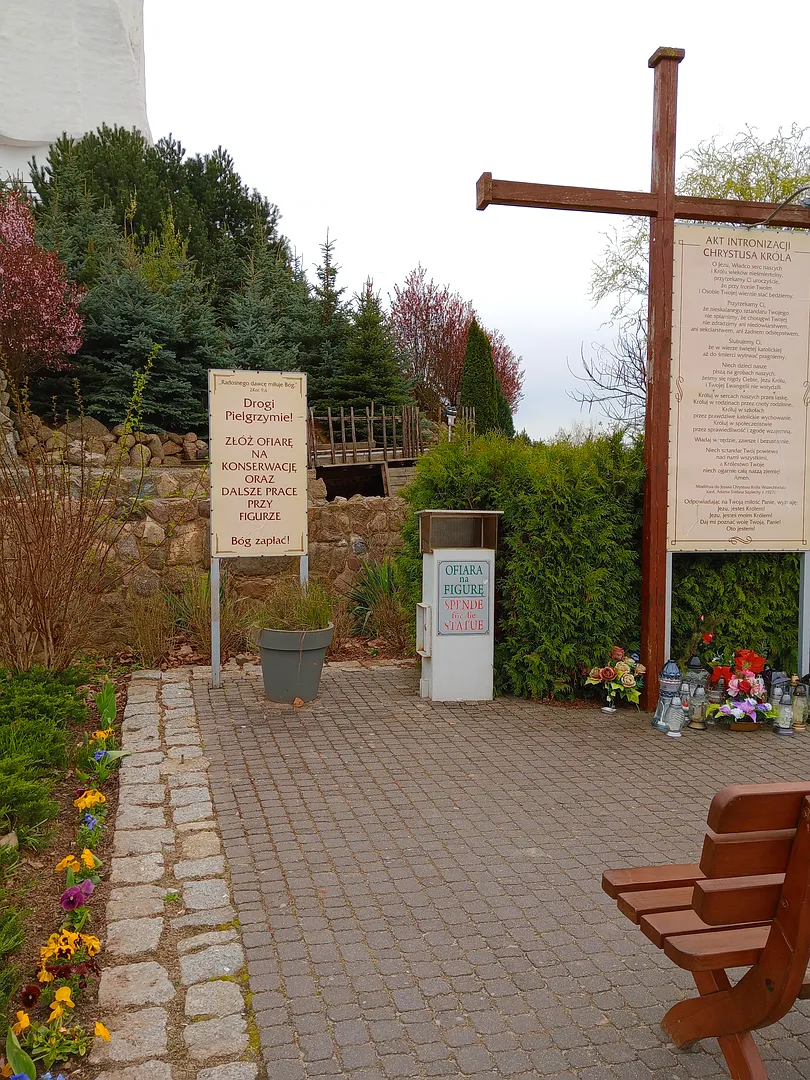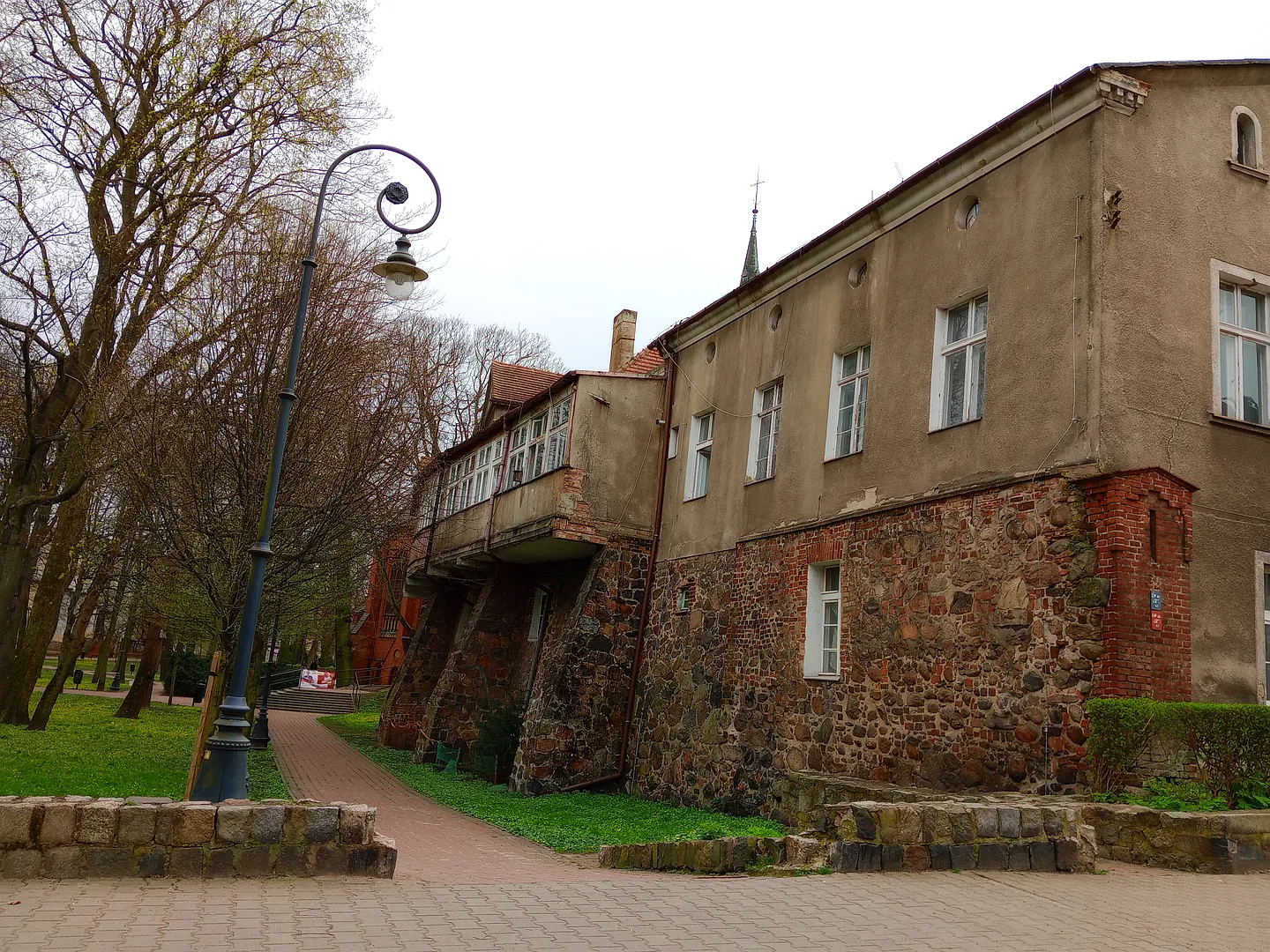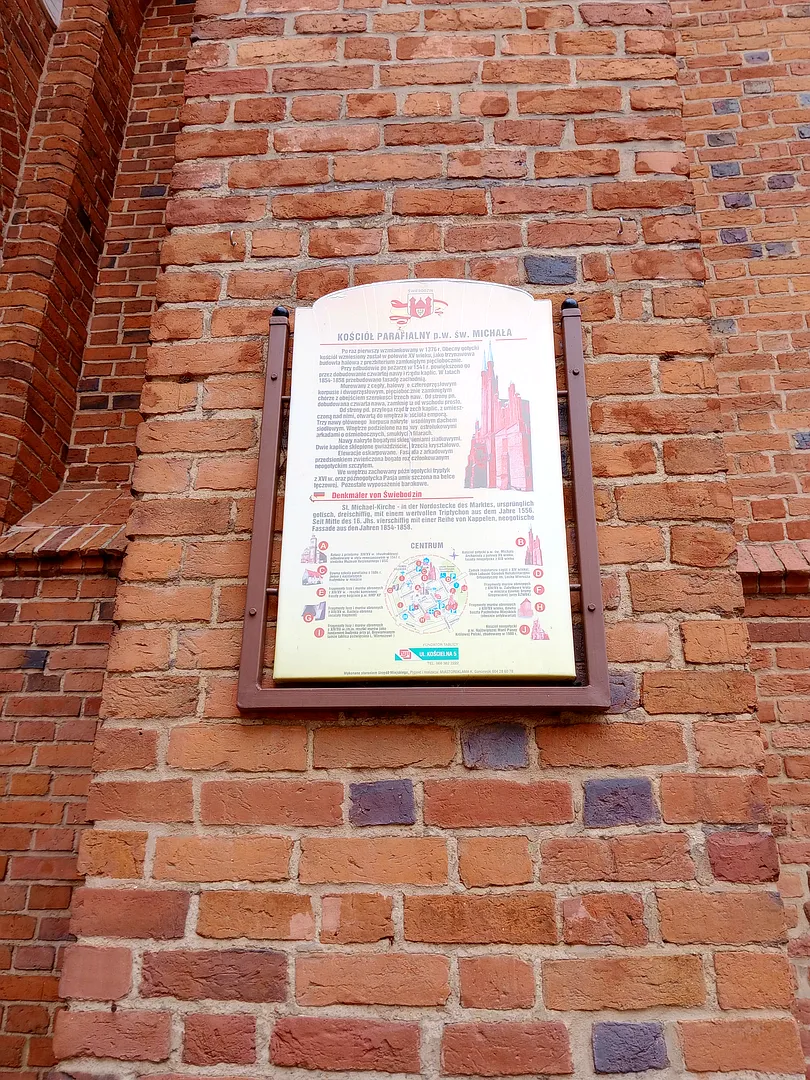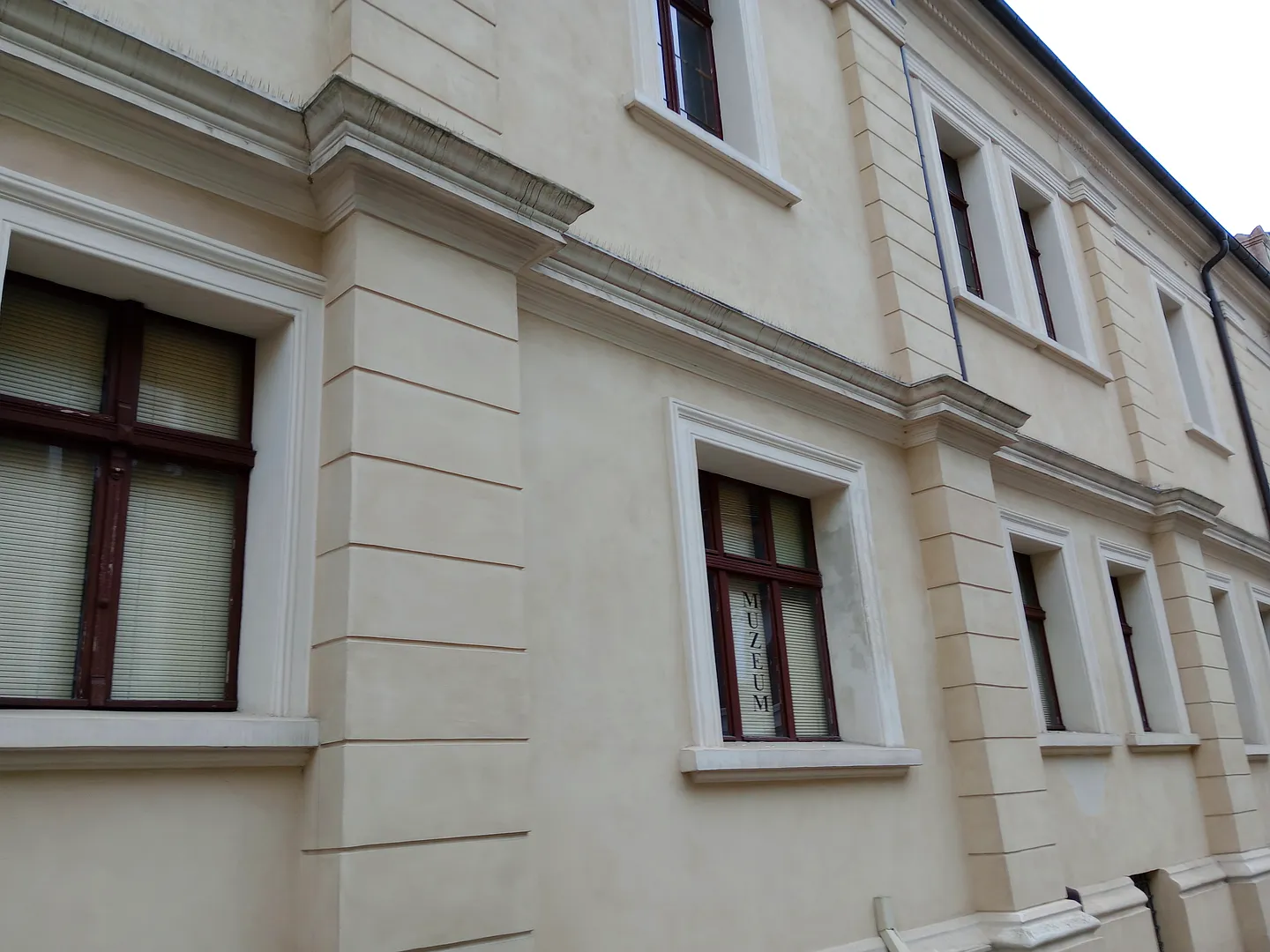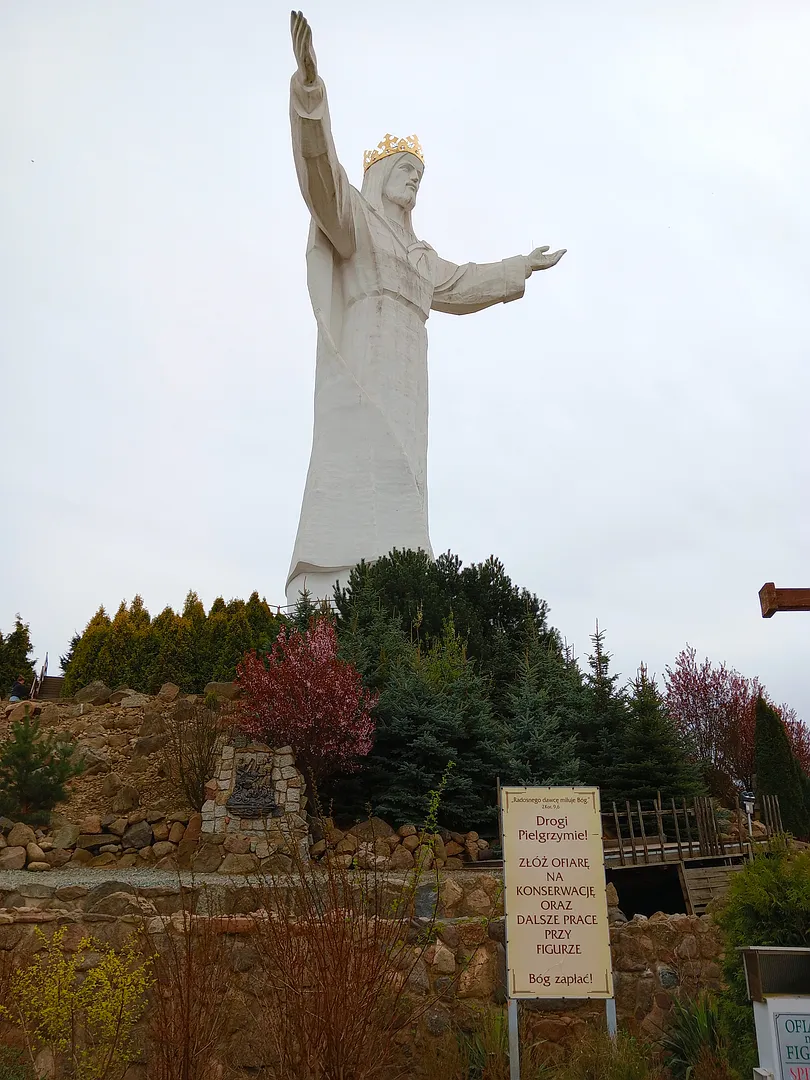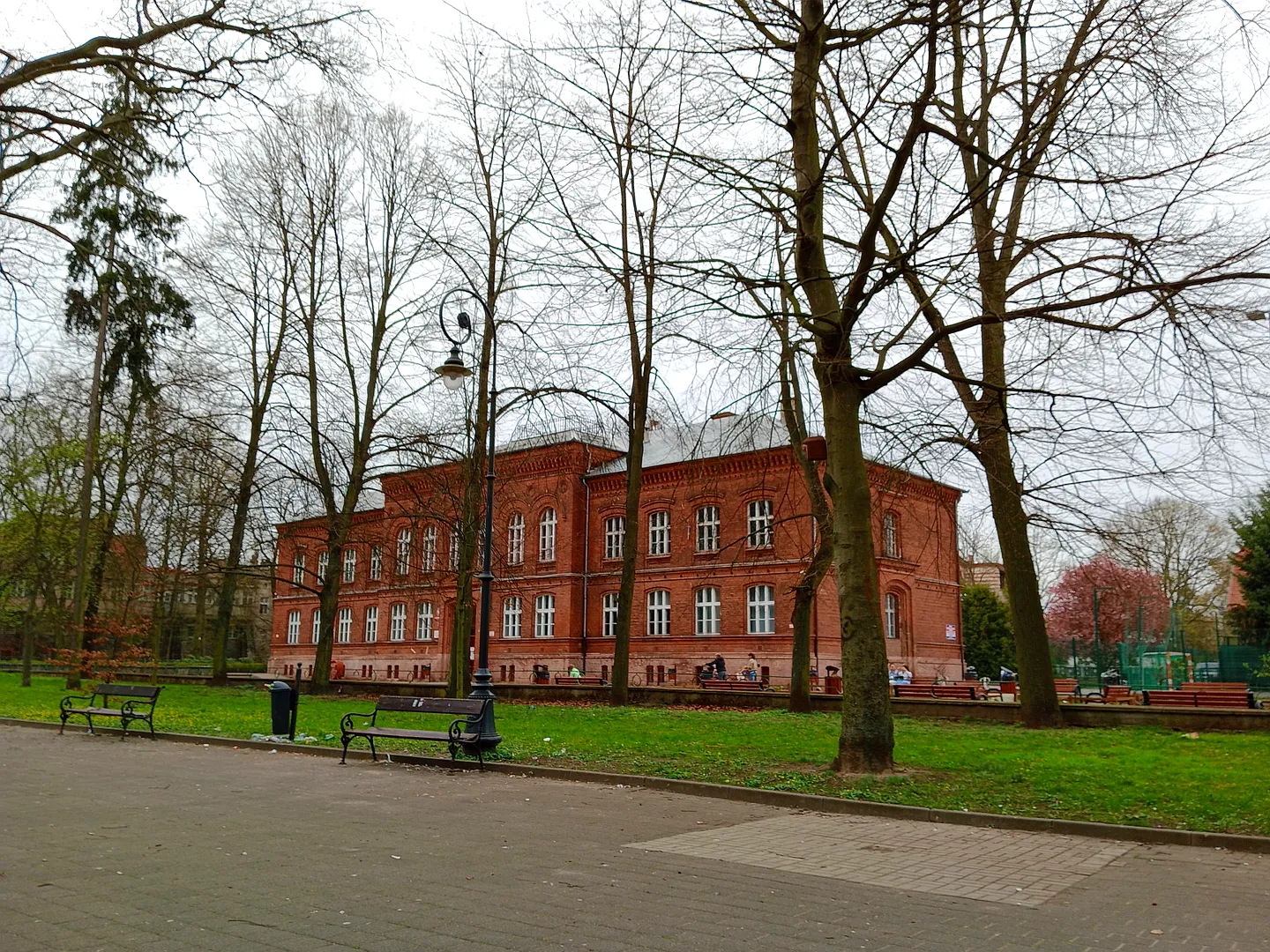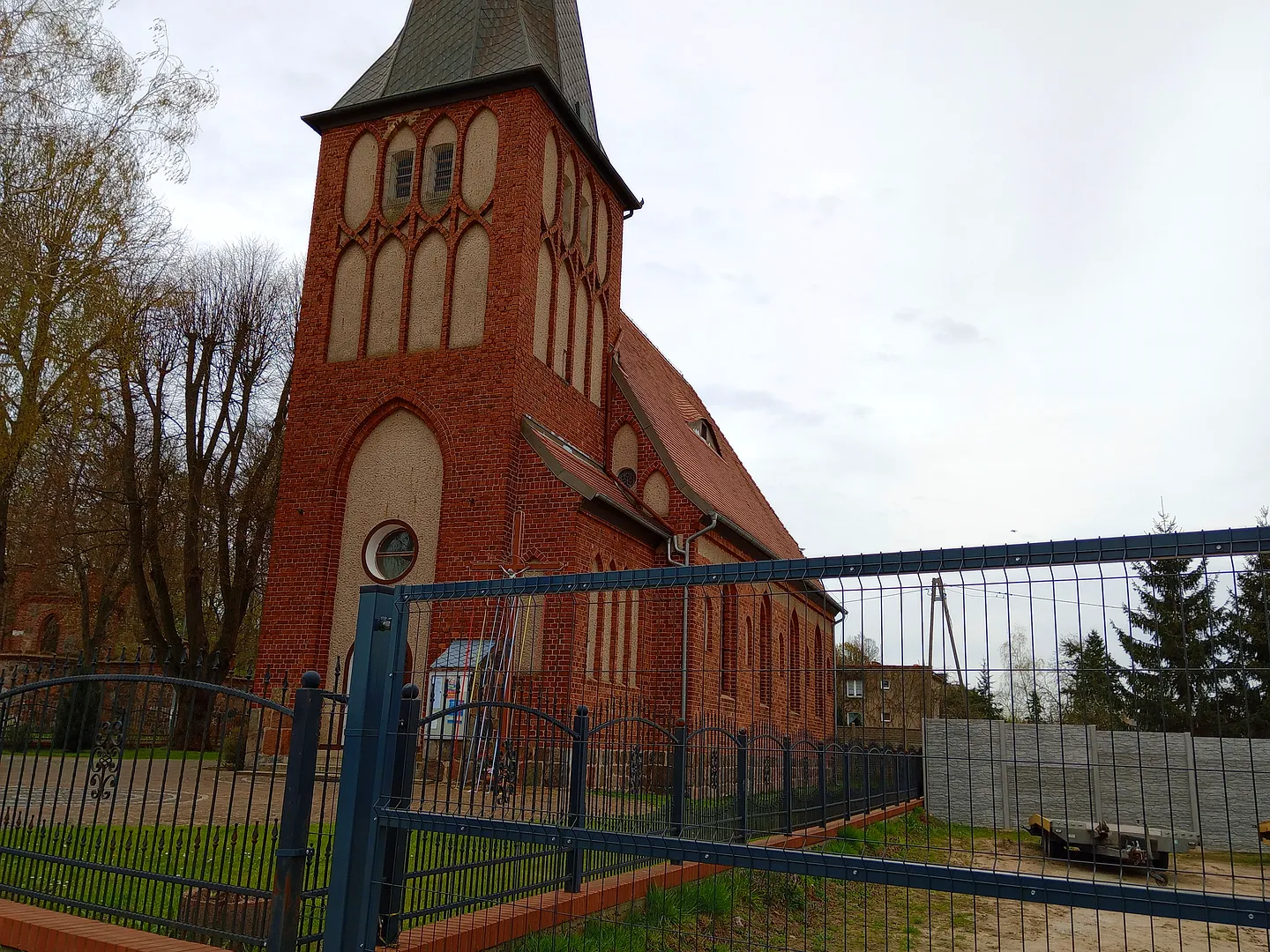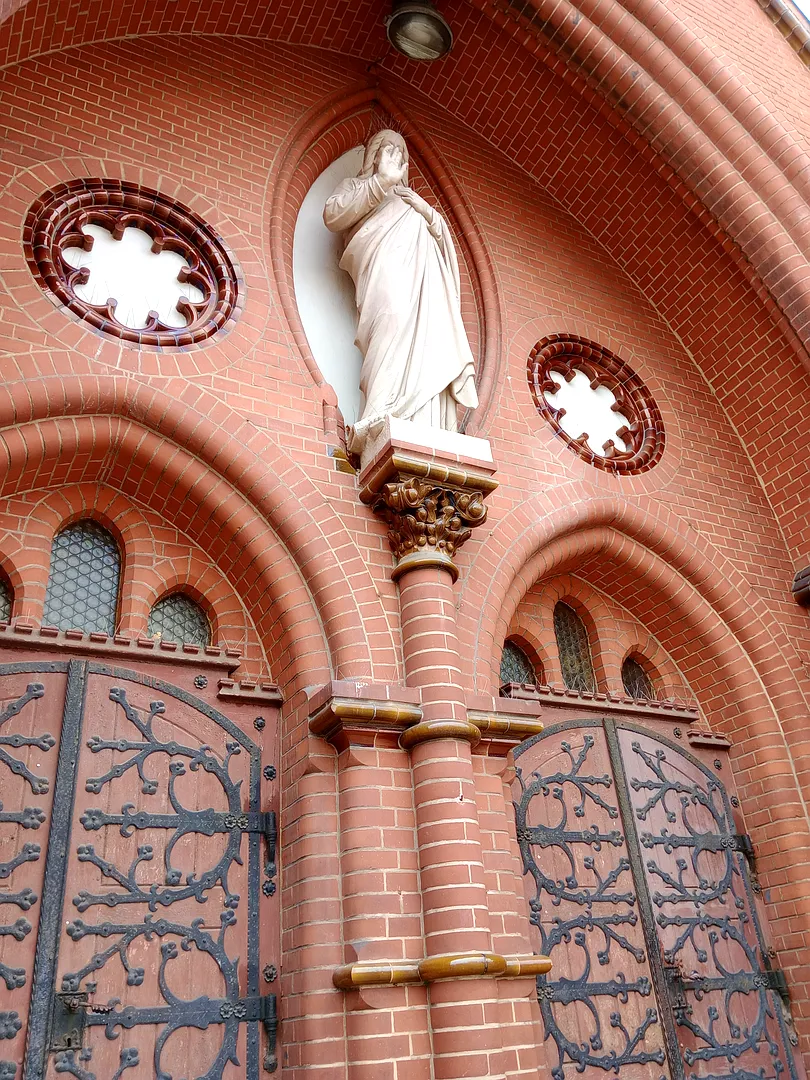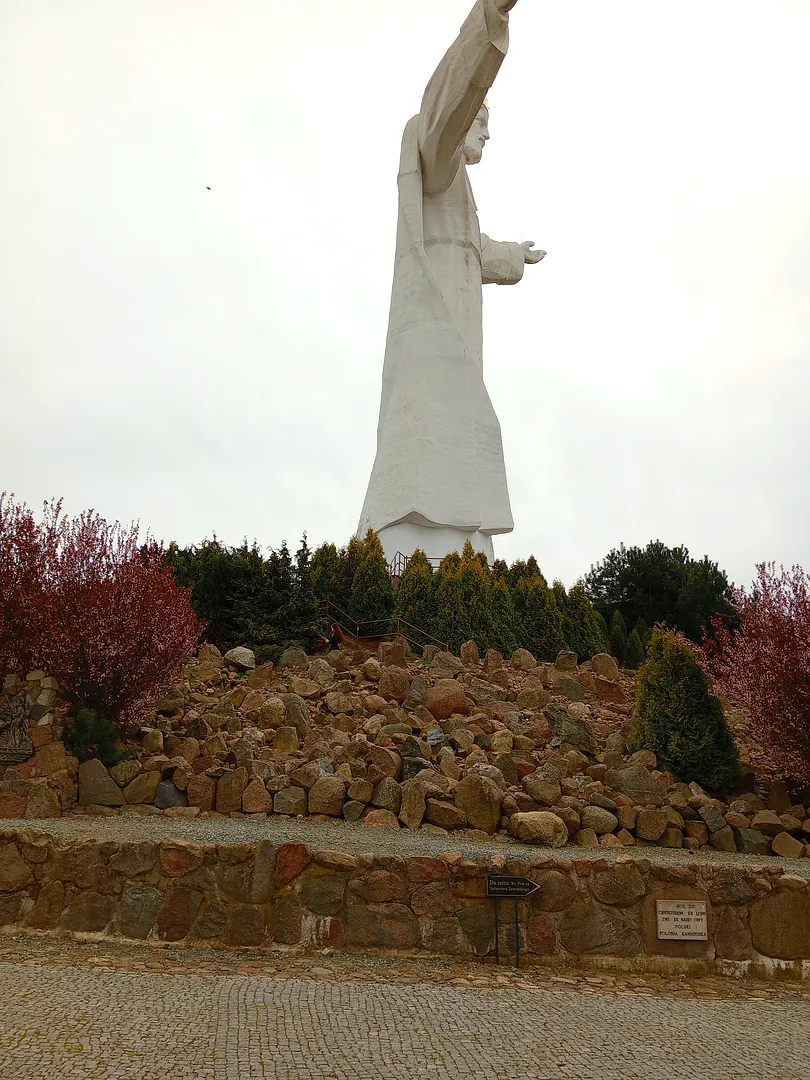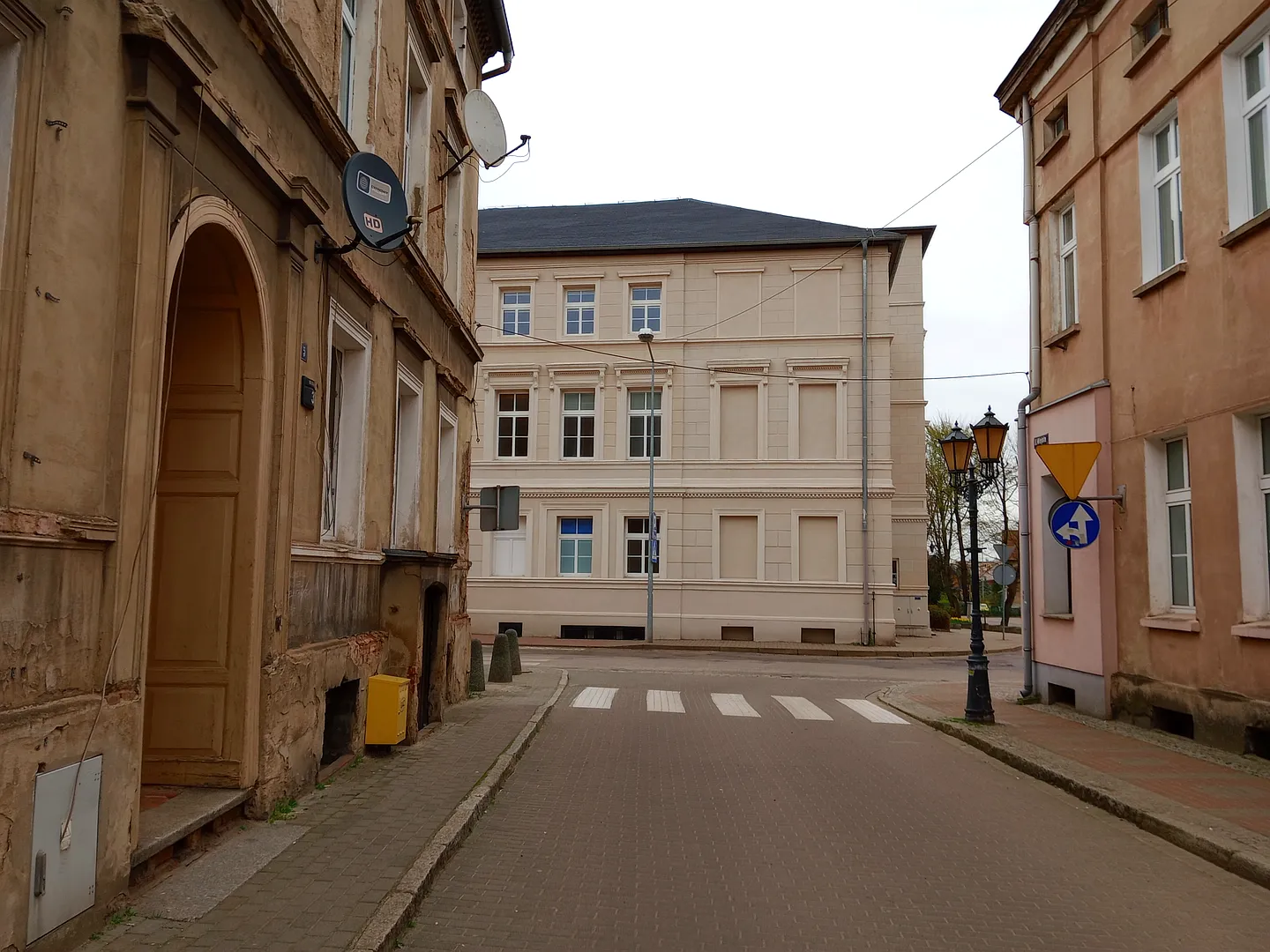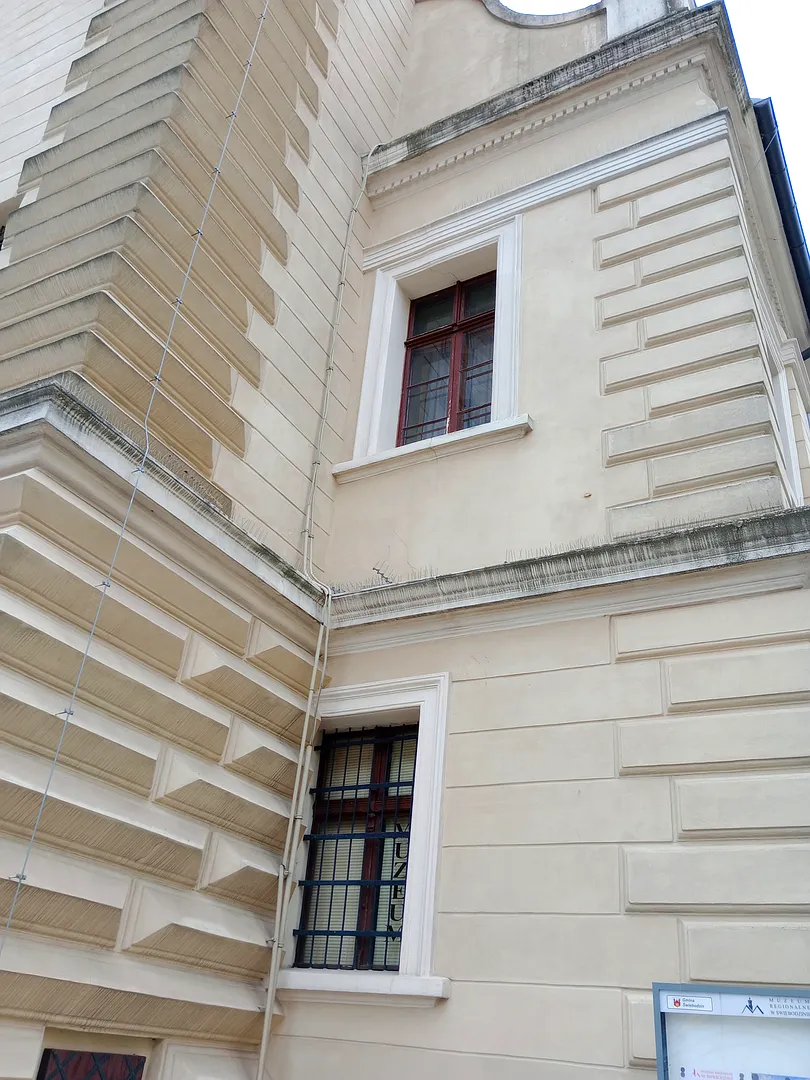Świebodzin is a city that combines history and modernity.
Świebodzin is a charming town in the northern part of the Lubusz Voivodeship. As the seat of the Świebodzin urban-rural commune, it has a population of about 21,000 and is situated in the Łagów Lake District.
In Świebodzin, the S3 expressway intersects with National Road 92, and the A2 motorway and Jordanowo junction lie just 5 kilometers from the city's borders, making Świebodzin easily accessible for both residents and tourists.
Tourists appreciate Świebodzin primarily for the numerous lakes in its immediate vicinity, such as Niesłysz Lake and Łagowskie Lake, which we feature on odkryjlubuskie.online, along with other lakes in the Łagów Lake District.
Historically, Świebodzin was first mentioned in 1302. Initially part of Greater Poland, and later Silesia in the 14th century, Świebodzin became part of the Duchy of Głogów. From 1482 to 1740, the town was a Silesian exclave, surrounded by Brandenburg and Polish territories towards Zielona Góra.
Key landmarks in Świebodzin include the Christ the King Statue, which was briefly the tallest statue of Christ in the world, and St. Michael the Archangel Church, a late Gothic church from the 15th century, rebuilt in the 16th and 19th centuries, featuring an impressive net vault and Rococo altar.
Additionally, Świebodzin is home to the historic Johanniter Castle from the 16th century, now partly converted into a hospital, showcasing Renaissance architectural elements.
As you wander the streets of Świebodzin, you'll also encounter remnants of the old defensive walls from the 14th century, within which you can find the Stone Tower and preserved fortifications.
Świebodzin is a city with a rich history and dynamic development, and its strategic location at the intersection of the S3 route and the A2 motorway makes it an extremely attractive destination for tourists.
